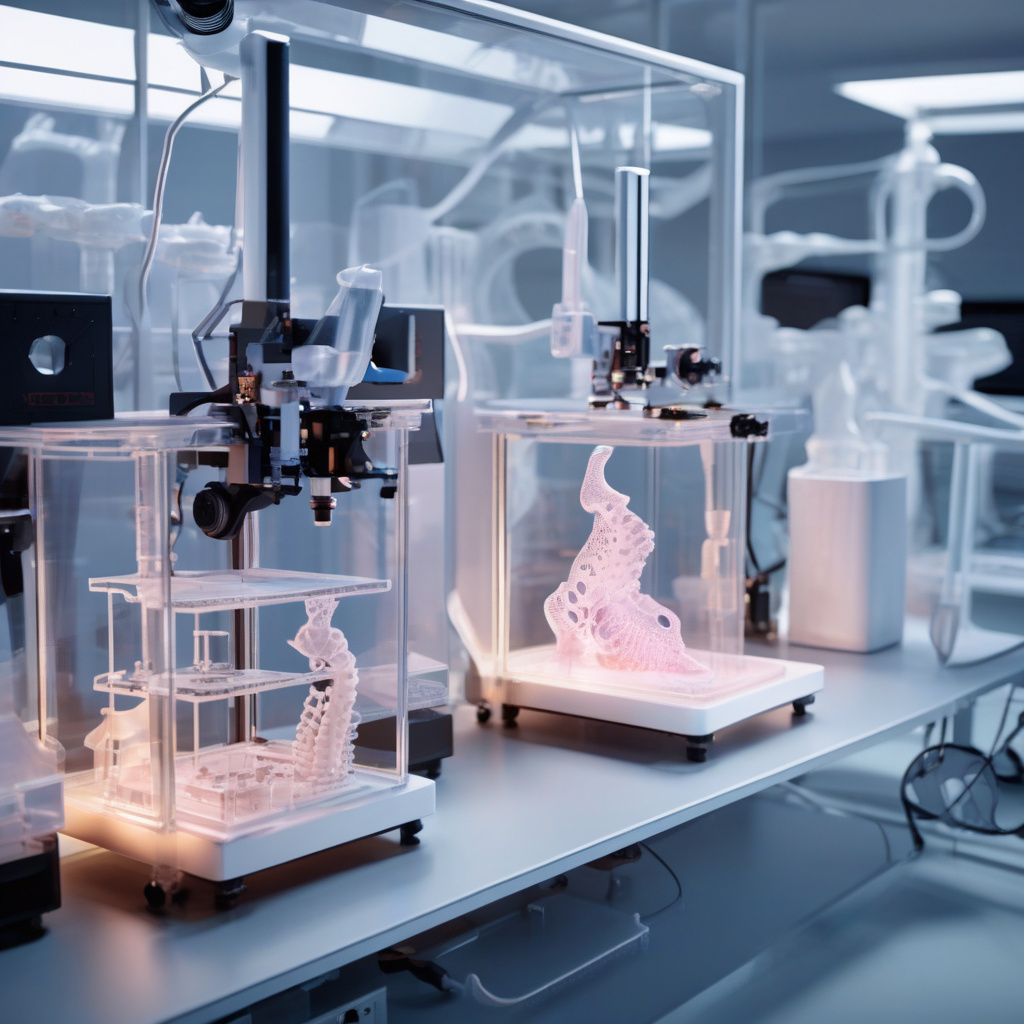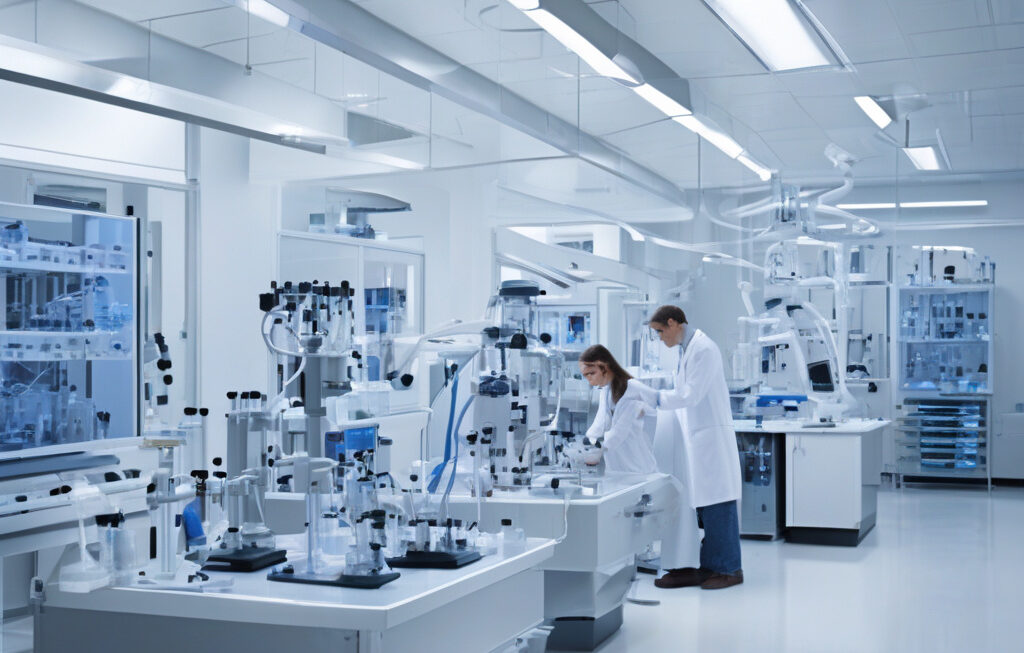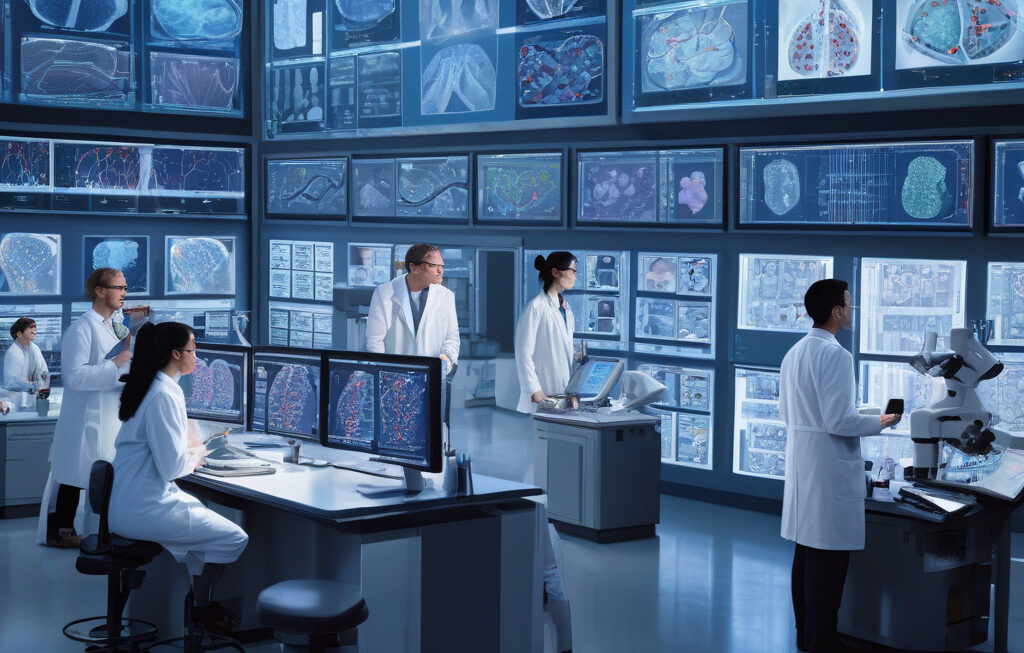Can glass replace bone? Scientists 3D print bio-glass that mimics skeletal strength
No one thinks of glass as a replacement for bone. But researchers in China have made significant strides in challenging this notion by developing bio-glass that mimics the strength of human bones. This breakthrough in 3D printing technology opens up a world of possibilities in the field of orthopedics and beyond.
Bio-glass, a type of glass-ceramic material, has been used in medical applications for decades due to its ability to bond with human tissue. However, its mechanical properties have always been a limiting factor in fully leveraging its potential as a bone substitute. Traditional bio-glass is too brittle and lacks the necessary strength to support the complex structures and functions of the human skeleton.
The team of scientists from the Chinese Academy of Sciences and Jiangsu University set out to overcome this challenge. By fine-tuning the composition of the bio-glass and using advanced 3D printing techniques, they were able to create a material that not only mimics the chemical properties of human bone but also replicates its strength and durability.
One of the key innovations in this new bio-glass material is its ability to gradually degrade in the body, allowing for new bone tissue to grow and replace it over time. This feature addresses a common issue with existing bone substitutes, which often need to be surgically removed once the patient has fully healed.
The implications of this research are far-reaching. In addition to revolutionizing the field of orthopedic implants, bio-glass could also be used in the treatment of bone fractures, osteoporosis, and other skeletal conditions. Furthermore, the customizable nature of 3D printing allows for patient-specific implants to be created, reducing the risk of rejection and improving overall treatment outcomes.
Beyond the medical applications, bio-glass could also find use in other industries, such as aerospace and automotive, where lightweight materials with high strength are in demand. Imagine a future where airplanes are made with bio-glass components that are not only strong and durable but also environmentally friendly.
While the development of bio-glass as a bone substitute is still in the early stages, the progress made by the Chinese research team is a promising step towards a new era of biomaterials. As technology continues to advance, we can expect to see even more innovative solutions that challenge our traditional notions of what is possible.
In conclusion, the idea of glass replacing bone may have once seemed like science fiction, but thanks to the pioneering work of scientists in China, it is quickly becoming a reality. The marriage of bio-glass and 3D printing technology has the potential to transform the way we approach orthopedic care and usher in a new wave of materials innovation. Who knows what other surprises the future may hold?
glass, bone, bio-glass, 3D printing, orthopedics












